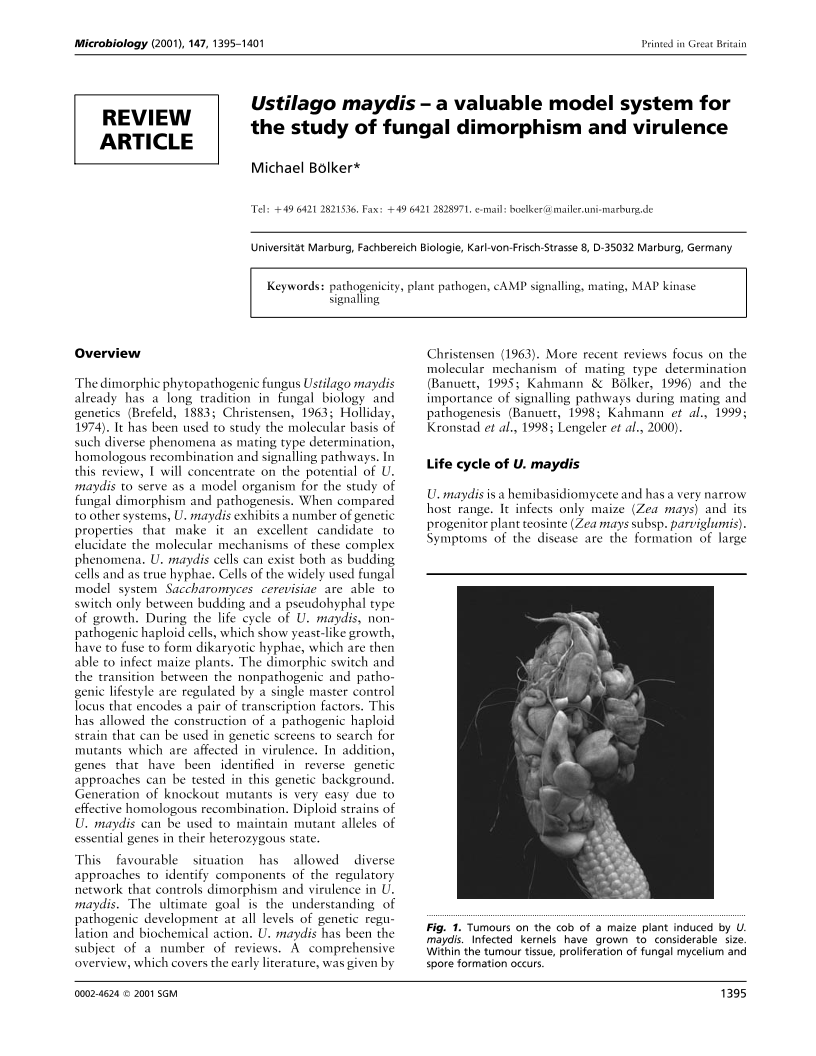
Full text loading...

Ustilago maydis – a valuable model system for the study of fungal dimorphism and virulence, Page 1 of 1
< Previous page | Next page > /docserver/preview/fulltext/micro/147/6/1471395a-1.gif
There is no abstract available.

Article metrics loading...

Full text loading...
References


Data & Media loading...
